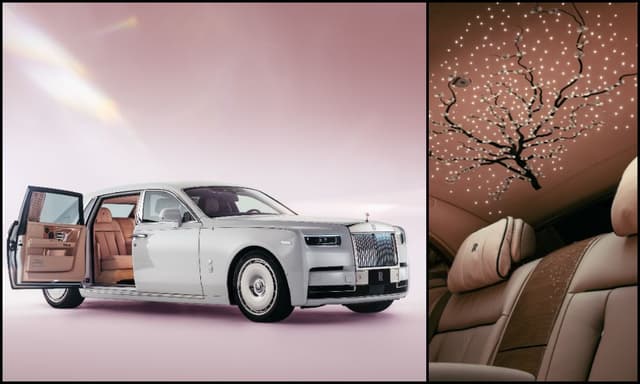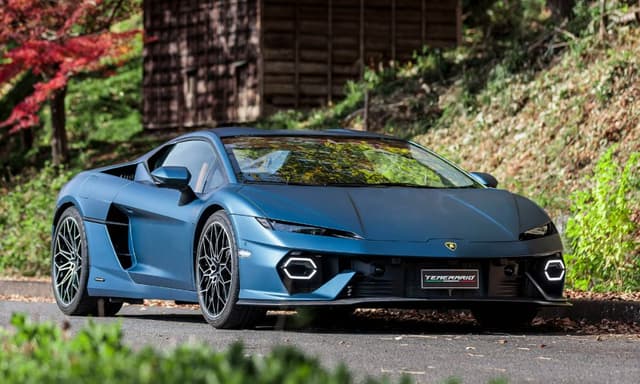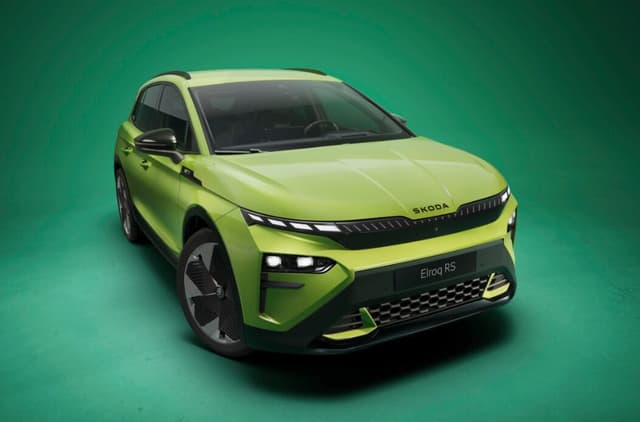Renault Duster 1.3 Turbo Mild-Hybrid Unveiled In Europe

Highlights
- Renault has paired a 12-Volt electric motor with the 1.3 Turbo engine.
- The Renault Duster 1.3 Turbo Hybrid will deliver better fuel economy.
- The hybrid powertrain in the Duster will also reduce emission levels.
The 1.3-litre, four-cylinder, turbo petrol engine not only made the Renault Duster more potent in terms of performance , but also added to its frugality. The French carmaker is now building on to its fuel efficiency with a new mild-hybrid powertrain. Renault is pairing the same 1.3-litre turbo mill with a 12-volt electric motor which will also reduce its emission levels making it less polluting. Renault has launched the Duster 1.3 Hybrid in Europe and the good news is that we can expect the powertrain to make its way to our shores as well, but at a later date.
Also Read: Renault Announces Discounts Of Up To ₹ 1 Lakh On BS6 Triber, Duster And Kwid

The Duster hybrid will offer better fuel economy.
The mild hybrid tech is the same tech that we have seen in a range of Maruti Suzuki cars and in the MG Hector as well. The electric motor also offers a subtle torque boost at the low end and has regenerative braking functionality that charges the battery pack. Then the Renault Duster 1.3 Hybrid is also equipped with features like idle start-stop system that enhances the fuel economy even more in city driving conditions.
Also Read: Renault HBC Subcompact SUV Spied Testing Again In India

The Renault Duster 1.3-Turbo offer class leading power figures.
At present, the Renault Duster is offered with two petrol engines in India. First up, is the new 1.3-litre, four-cylinder turbo petrol motor that is tuned to churn out 153 bhp and 250 Nm of peak torque which is around 48 bhp and 108 Nm of peak torque more than its 1.5-litre petrol counterpart. The 1.5-litre, four-cylinder naturally aspirated petrol engine belts out 104 bhp and 142 Nm of peak torque. While the 1.5-litre engine is mated to a five-speed manual transmission as standard, the 1.3-litre engine gets the option of a CVT automatic transmission alongside a six-speed manual transmission which is standard. The new 1.3-litre mill delivers a fuel economy of 16.5 kmpl when combined with the six-speed manual transmission and 16.42 kmpl when mated to the CVT automatic gearbox.
Last Updated on October 21, 2020













